17
Feb / 12
In the News: Post-Workout Massage & Inflammation
Categories: Recovery, Workout of the Day
posted by: Sean
Date Nite recently posted a link to an interesting NY Tmes article highlighting a recent study investigating the effects of massage on muscle tissue post-workout. Just about any athlete and massage therapist will attest that massage helps after a tough workout whether to reduce inflammation, improve blood flow, and ease the tension in tired muscles. Despite many efforts within the scientific community to determine possible changes within the body that might explain the empirical benefits above, solid explanations still remain somewhat of a mystery. The study Date Nite referenced was published by Crane et al entitled “Massage Therapy Attenuates Inflammatory Signaling After Exercise-Induced Muscle Damage” in the Feb 1, 2012 edition of Science Translational Medicine.
Crane’s study is also discussed in more detail on Patrick Ward’s Optimum Sports Performance blog. The study looked at the influence of massage on muscle following an intense bout of exercise. Basically, they took a muscle biopsy of the vastus lateralis (part of your quad, ouch) from 11 subjects, had them perform a very exhaustive aerobic protocol on a cycle ergometer after which one leg received a 10min massage (experimental limb) while the other leg received no massage (control limb) and then more muscle biopsies were taken from the vastus lateralis of both limbs at 2.5hrs post massage (which was 3hrs post exercise). The massage protocol was basic in massage therapist standards consisting of 2 mins effleurage (light, gliding warm up strokes to relax the muscle tissue), 3 mins petrissage (deeper, shorter, and more circular strokes), 3 min slow muscle stripping (deeper strokes applied in the same direction of the muscle fibers going from origin to insertion), and 2 min effleurage. Check this helpful link to understand the differences between the techniques above.
The two things the researchers found that have the media and massage therapists worldwide excited are:
- Massage mitaged the rise of nuclear factor kappa B (NFkB) and attenuated the production of tumor necrosis factor-a (TNF-a) and interleukin-6 (IL-6), two inflammatory cytokines.
- A potentiated mitochondrial biogenesis via an increase in proliferator-activated receptor y coactivator 1a, or PGC-1a for short.
Awesome…I think. Thankfully Patrick Ward goes on to explain the findings saying that:
NFkB and PGC-1a are both mediators in the inflammation process and play a role in cellular repair. NFkB rises with high amounts of inflammation and works in response with other cytokines. Thus, decreasing its abundance would be beneficial in keeping inflammation from getting out of hand. PGC-1a is a protein that plays a role in energy metabolism and mitochondrial biogenesis…Thus, if NFkB is kept down and PGC-1a is able to be increased there may be a favorable result in the body’s inflammatory response.”
According to Ward, recovery based modalities can be effective for enhancing an athlete’s level of stress resistance and allowing them to train at greater volumes and/or intensities which for many of us training hard 3-6 days per week can be helpful.
It wouldn’t be fair if I didn’t note that the study was not without its limitations. The study only used 11 participants, all of which were male, and all in a similar age bracket. Hopefully this study is the first of many investigating the behind the scenes impact of massage on our bodies, but the results were significant enough for the the researchers to state that, “In summary, when administered to skeletal muscle that has been acutely damaged through exercise, massage therapy appears to be clinically beneficial by reducing inflammation and promoting mitochondrial biogenesis.”
So how can you and I be on the cutting edge of putting current scientific literature into application? Easy…the simplest way is to get on a foam roller after your workout. Another option is to ask your significant other to massage your worked muscles. If your budget and schedule will allow you can allows leave Intrepid and head straight to talented and knowledgeable massage therapists like Dianna Linden, but for most of us this isn’t feasible (at least on a regular basis). So let’s get accountable for our own recovery and spend extra time post-workout, at work, or at home massaging and stretching yourself, especially the areas that feel extra worked from the day’s training. You’ll give yourself your best chance to maximize the next day’s training and get more meaningful volume into your training regimen.
WOD 2.17.12
Back Squat 3×5 or Wendler
Then:
AMRAP 5
20 Double Unders
200m Run
10 Wall Ball Shots
Rest 2 Min
AMRAP 5
20 Double Unders
200m Run
10 Toes to Bar


 310.465.6565 |
310.465.6565 |
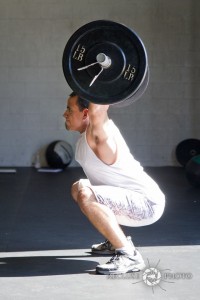
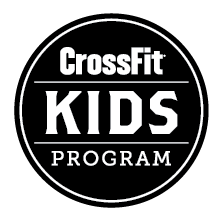

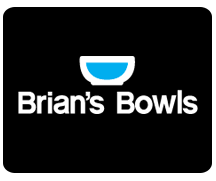



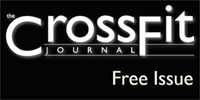










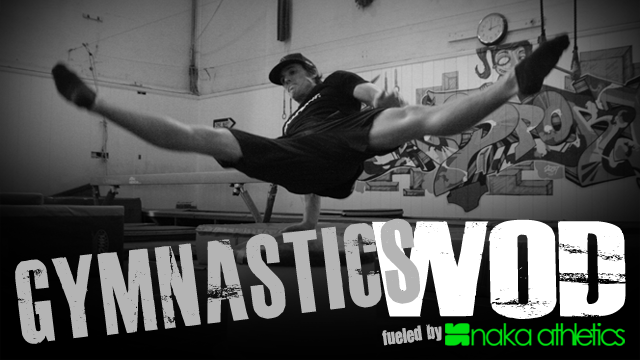




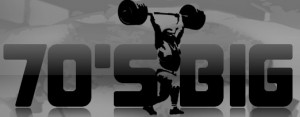
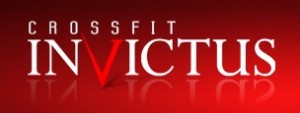
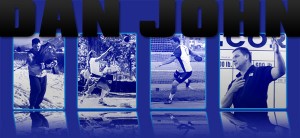
2 Responses to “In the News: Post-Workout Massage & Inflammation”
Scott
February 17, 2012 at 7:56 AM
Funny, I found an interesting article on the NY Times this morning too….http://www.nytimes.com/2012/02/17/business/diet-treatment-already-in-use-to-get-fda-review.html?_r=1&hp
Apparently the FDA is considering approving a new weight loss drug that has shown “positive” results. Now, there are “small” caveats to the description “positive”. Patients did apparently lose some significant weight on the drug. And most gained the weight back as soon as they stopped taking the drug. And some people on the drug experienced memory loss. But those are just minor footnotes. The point is, THEY LOST WEIGHT DUE TO A PILL!!!
Oh yeah, and the pill is apparently mostly just a stimulant, which couldn’t possibly have any negative side affects on your heart or other organs after long term use. No worries there. I think it might be time to end my gym membership. I wonder if I take double the recommended dosage, if that means I’ll lose weight TWICE as fast!
Scott
February 17, 2012 at 8:01 AM
BTW, if anyone is looking for a massage therapist in South Bay. Michelle and I really like Busaba Thai Massage on Artesia & Aviation in Manhattan Beach (310.379.8899). We both went last night for a 90 minute deep tissue massage. It was awesome.